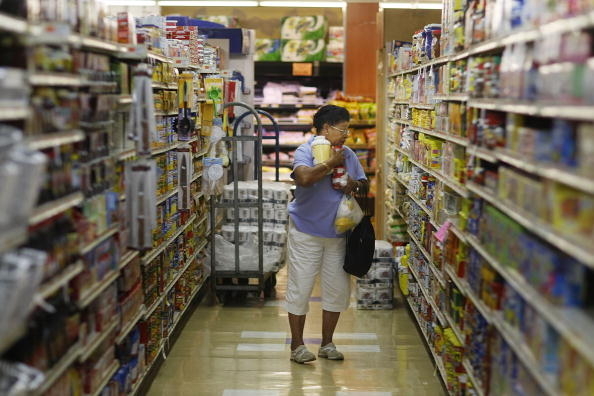From Amazon and Disney to the Yum Brands conglomerate (which owns KFC, Pizza Hut, etc.), some major American companies are recognizing a shift in consumer preferences towards high value-for-money products and services. Consumers are seeking cheaper alternatives, and the peak inflation of the past three years has started to ease off.
The consumption trend in the United States seems to be reverting to pre-pandemic norms, with most retailers cautious about raising prices significantly, focusing on sales volume instead.
According to the Associated Press, Tom Barkin, the President of the Federal Reserve Bank of Richmond, stated: “Although the inflation rate has decreased, prices remain high and have reached a point where consumers find them unacceptable.”
Consumers are resisting paying higher costs, leading retailers to slow down price hikes or even cut prices. As a result, the pressure of inflation is easing, gradually approaching the Federal Reserve’s 2% target.
Other factors contributing to curbing inflation include supply chains recovering, increased supplies of items such as cars, trucks, meat, and furniture, as well as the Federal Reserve’s high-interest rate policies slowing down sales of homes, cars, and large appliances.
However, a key question now arises: with U.S. consumer spending accounting for more than two-thirds of economic activity, will the cooling down of consumption pose economic risks?
Most economists indicate that current consumer spending remains sufficient to support ongoing economic growth, with reduced consumption likely not leading to an economic recession. Barkin pointed out that most businesses in Virginia, West Virginia, Maryland, North Carolina, and South Carolina report strong demand, stating, “Consumers are still consuming, but they are choosing.”
In recent days, Jared Bernstein, Chairman of the White House Economic Council, mentioned during a speech that during the pandemic, people received government cash subsidies and with limited opportunities for spending due to lockdowns, they had surplus cash. After the pandemic, the increased cash on hand made people less sensitive to price hikes, prompting some businesses to raise prices.
Some businesses have raised prices even beyond the increase in costs, leading to substantial profits. Additionally, in industries with little competition, businesses find it easier to increase prices.
Barkin explained that before the pandemic, inflation rates were low because online shopping had become more prevalent, making price comparisons easy, and increased U.S. oil production had lowered natural gas prices, thereby keeping costs for major retailers down, giving companies less reason to raise prices.
This situation changed in 2021. “Labor shortages, supply chain disruptions, everything’s prices are rising, and the general public has no choice but to accept it.”
Consumers are no longer passively accepting high prices. “People will ask, why does a 12-pack of Diet Coke that used to cost $5.99 now cost $9.89?”
People are not happy, so they won’t buy.
Barkin anticipates that this trend will continue to slow down price hikes, cooling off inflation. “All the factors triggering inflation seem to have stabilized, and I am actually very optimistic that we will see good inflation data in the coming months.”

